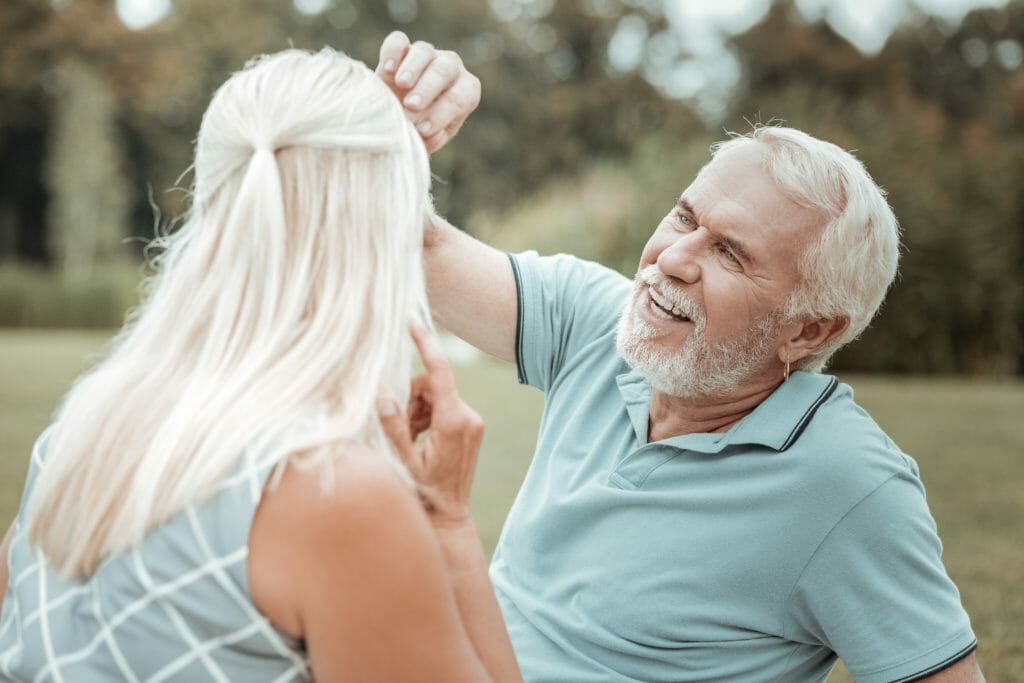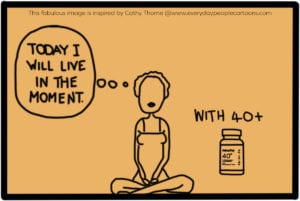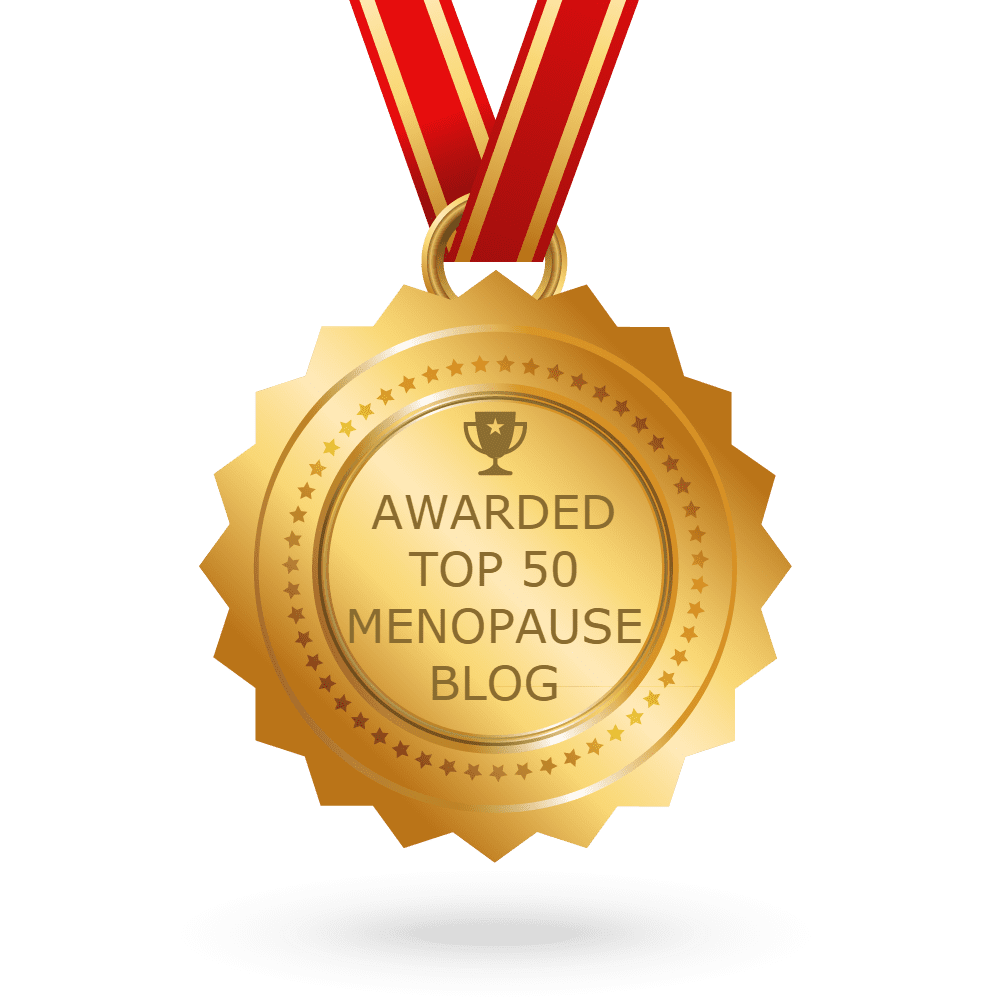Why Is Your Hair Thinning?

Thinning hair – its causes and treatments
by David Roe
A dear friend once asked my thoughts on hair thinning. To be honest, there are many considerations. First, let’s chat about a few of the most important. The stuff we know and experience. Hair is a woman’s crowning glory for good reason. It adorns her, it can make her feel incredible or conversely, terribly self-conscious, inadequate, and insecure.

Hair thinning and loss is generally associated as a male problem. But did you know approximately a third of all women experience this is some shape or form throughout their lives? Hair loss, whether you’re male or female, is a normal part of the hair growth cycle and falls into one of three parts of this naturally occurring cycle.
The 3 Stages Of The Hair Growth Cycle
Anagen: This is the active growing phase of the hair’s lifecycle and can last anywhere between two and eight years. This timeframe can also contribute to why some women just can’t seem to grow their hair past their shoulders. An average growth rate of 1.25 cm’s per month would amount to 30 cm’s over two years before the hair enters the next stage of;
Catagen: a short transition period of only a few weeks where the hair has stopped growing and is preparing to shed.
Telogen: the part of the hair cycle when the hair is expelled from the follicle (the structure that produces and holds the hair). After the hair sheds, the follicle then stays dormant, typically for around three months, before a new hair starts to sprout. This is when you seem to find hair over everything, jackets, the shower wall and often turning a hairbrush into a small wild animal.
Over a person’s life, they normally have a reasonable sense of what is normal loss for them but what if there is more than usual spilling all over the place, clumps even shedding in a single stroke? This may well be an indicator of something more sinister going on within the body.
Female Hair Thinning & Loss Triggers
There are many triggers, external and internal, that can contribute to a female losing more than her fair share of hair such as:
External factors –
- Medications and therapies
- Traction Alopecia (where hairstyles and habits cause a constant tug on the hair resulting in premature loss)
- Chemical application – hair colourants etc
- Mechanical and heat products
- Surgery and other stressful life events
Internal issues –
- Thyroid problems
- Inflammation
- Pregnancy
- Growing older
- Hormonal imbalances

Genetics & Hair Thinning
One of the major contributors to hair thinning and loss can be as simple as genetics. The most common genetic condition is known as female-pattern hair loss, or androgenic alopecia. Women with this condition might notice a widening of the part at the top of the head, often beginning when a woman is in her 40s or 50s. You might experience this if you inherit certain genes from one or both parents. The reducing estrogen levels that occur during menopause may also spur it as estrogen lengthens the anagen, or growth stage, of the hair’s life cycle.
Inflammatory Conditions & Thinning Hair
Another trigger for hair thinning and loss in women is an inflammatory condition affecting the scalp. That might be eczema, psoriasis, or a condition called frontal fibrosing alopecia, which typically causes scarring and hair loss, sometimes permanent, at the front of the scalp above the forehead.
Other Causes Of Thinning Hair
Other common causes of hair thinning and loss include overuse of damaging hair products, or tools such as dryers and other devices that heat the hair. Underlying illness, autoimmune conditions such as lupus, nutritional deficiencies, or hormonal imbalances may also cause hair to shed.
The good news!
The good news is that in many cases hair thinning and/or loss can be stabilised with treatment, and it may be reversible. When it’s not, there are a number of new cosmetic approaches that can help.
Cosmetic options for hair thinning or loss
When medical treatments fall short, women can also consider cosmetic options to make up for lost hair, such as wearing a wig. At the other end of the spectrum is hair transplantation, a surgical procedure that moves active follicles from the back of the scalp to areas where the hair is thinning. Once transplanted, the hair grows normally.
Hair transplantation is typically performed as an outpatient surgical procedure. In appropriate patients, it can be extremely successful, but it won’t work for everyone, says Dr Deborah Scott, assistant professor of dermatology at Harvard Medical School and co-director of the Hair Loss Clinic at Brigham and Women’s Hospital. One drawback is the expense: it can cost thousands of dollars. The procedure also requires recovery time. And it may not be the correct solution for women who have diffuse thinning across the whole scalp. It’s more effective in treating smaller, more defined areas of balding.
Medications to treat hair thinning or loss
Treatment depends on the underlying cause, says Dr Scott. Sometimes simply addressing a medical condition prompting hair loss will be enough for the hair to regrow. In other instances, a woman might consider a medication like minoxidil (Rogaine), which helps with certain types of hair loss, or another treatment to replace or regrow lost hair.
A newer option being used to treat hair loss is platelet-rich plasma (PRP) injections. For this treatment, the doctor draws your blood, divides it into its separate components, recombines the blood fluid (plasma) with a high concentration of platelets (structures in the blood that help with clotting, among other functions), and introduces the resulting preparation back into the scalp.
“The science on this isn’t totally worked out. We still don’t completely understand the mechanism behind PRP, but growth factors contained in platelets can stimulate regeneration of hair follicles and other tissues as well,” says Dr Scott.
In addition, low-level LED laser lights have been found to be helpful in re-growing hair in some cases. It’s likely that even more treatments will be developed in the near future.

This story was written by David Roe.
David is a hairstylist and the creator of Inverse Hair Conditioning System, the amazing hair tool that uses cold technology to condition and treat hair.









